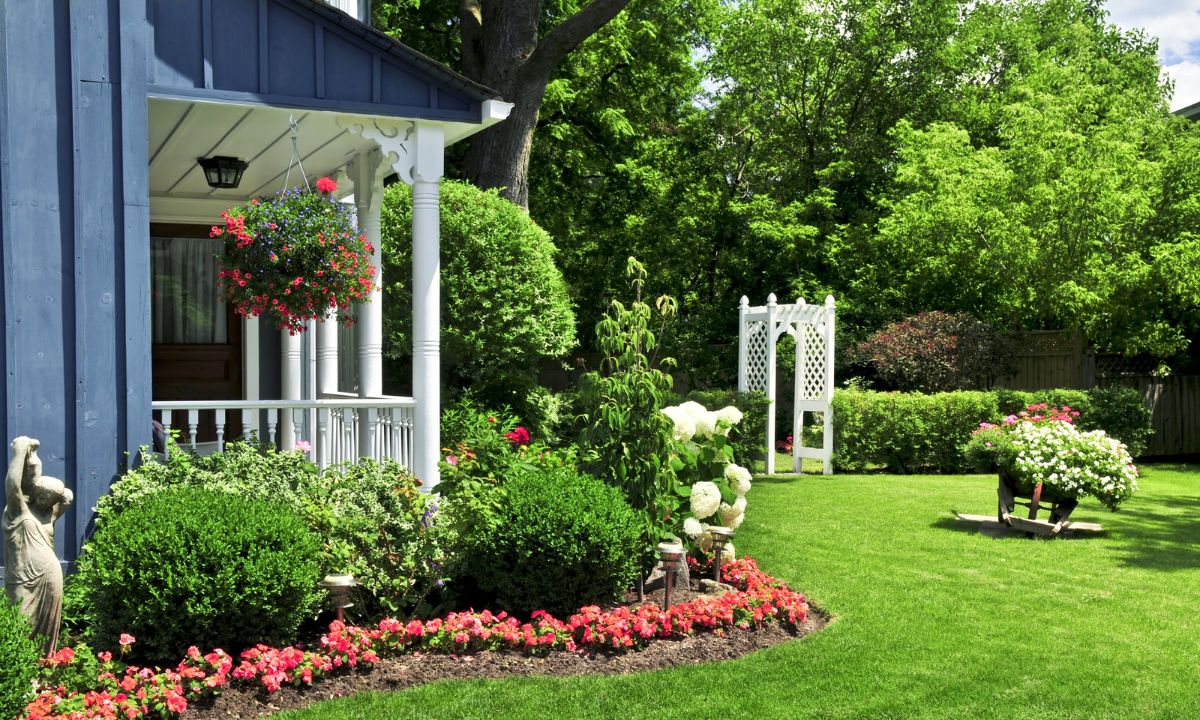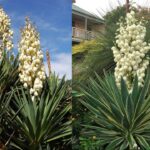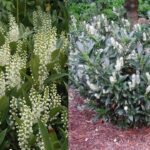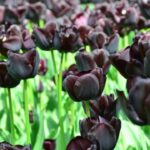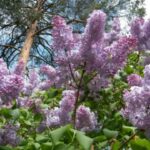Black flowers are captivating and mysterious, adding depth and sophistication to any garden. Their dramatic, dark tones contrast beautifully with lighter blooms, creating a stunning visual impact. While true black flowers are rare, many plants feature blooms in deep shades of burgundy, maroon, or purple that appear black under certain lighting conditions.
These unique flowers bring a touch of gothic elegance, romance, or modern flair to your garden. Below, we explore 10 stunning black flowers, their characteristics, growing requirements, and why they are a must-have for your garden.
1. Black Dahlia
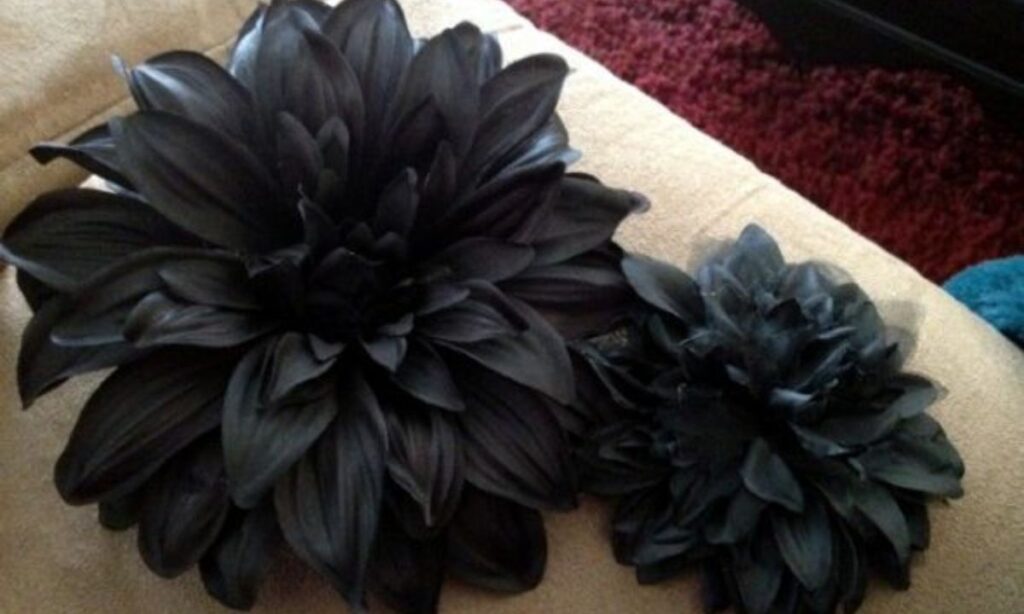
The Black Dahlia is famous for its dark burgundy petals that often appear black, giving it a hauntingly beautiful look. Its symmetrical, layered petals add depth and volume, making it a showstopper in any garden.
Zones:
This flower thrives in USDA zones 8 to 11. In cooler zones, gardeners treat it as an annual or protect it from frost during the winter.
Growing Conditions:
- Requires full sun and well-drained soil.
- Prefers slightly acidic soil and regular watering.
- Avoid overwatering to prevent root rot.
Blooming Period:
Black Dahlias bloom from mid-summer to early fall, offering long-lasting blooms.
Height & Color:
- Grows 4-5 feet tall.
- Flowers range from deep burgundy to near-black.
2. Queen of the Night Tulip
The Queen of the Night Tulip stands out with its velvety deep purple petals that shimmer, often appearing black under low light. It brings an air of refinement to spring gardens.
Zones:
This tulip grows best in USDA zones 3 to 8, tolerating harsh winters due to its dormancy needs.
Growing Conditions:
- Plant in fall for spring blooms.
- Requires well-drained soil and full to partial sun.
Blooming Period:
Blooms in late spring, adding a dramatic end to the spring season.
Height & Color:
- Grows 18-24 inches tall.
- Flowers are dark purple, appearing black under specific lighting.
3. Chocolate Cosmos
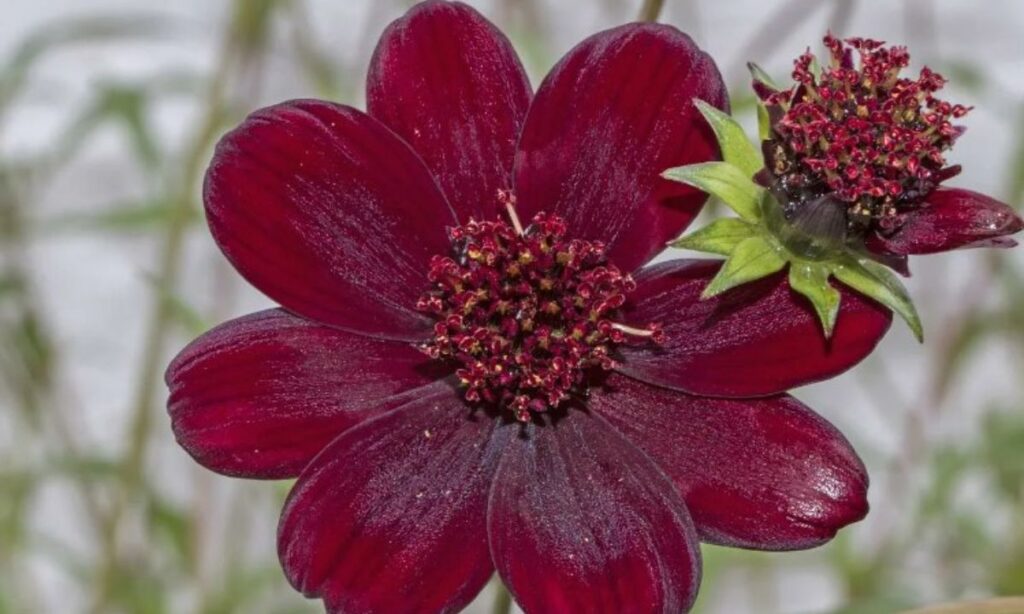
The Chocolate Cosmos is known not only for its deep, velvety burgundy petals that appear black but also for its chocolate-like fragrance, making it a sensory delight.
Zones:
Thrives in USDA zones 7 to 10. In colder areas, tubers can be overwintered indoors.
Growing Conditions:
- Requires full sun and well-drained soil.
- Drought-tolerant once established but prefers moderate watering.
Blooming Period:
Blooms from mid-summer to early fall, ensuring late-season color.
Height & Color:
- Grows 18-24 inches tall.
- Flowers are deep burgundy with a near-black hue.
4. Black Bat Flower
The Black Bat Flower is unique with its bat-like petals and whisker-like appendages. Its dark maroon to black blooms make it a conversation starter.
Zones:
Grows best in USDA zones 10 to 11, thriving in tropical climates.
Growing Conditions:
- Prefers partial shade and high humidity.
- Requires rich, well-drained soil that retains moisture.
Blooming Period:
Blooms in late summer to early fall, with long-lasting flowers.
Height & Color:
- Grows up to 3 feet tall.
- Flowers are deep maroon to black with green undertones.
5. Watchman Hollyhock
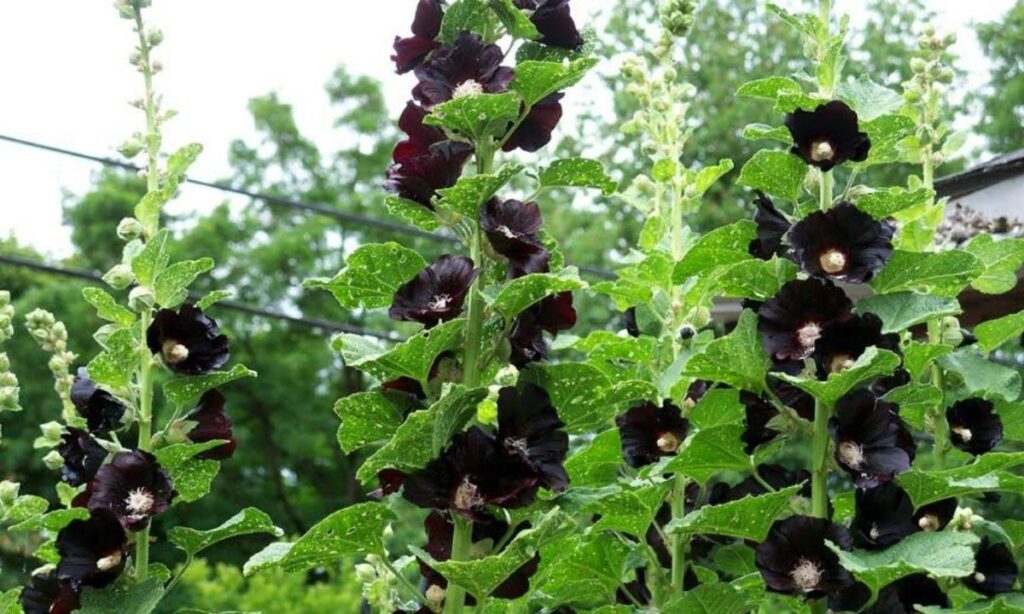
The Watchman Hollyhock produces tall spikes of deep maroon-black blooms, adding vertical interest and a dramatic flair to cottage-style gardens.
Zones:
Best suited for USDA zones 3 to 9. These biennials often self-seed, ensuring consistent blooms.
Growing Conditions:
- Prefers full sun and well-drained soil.
- Drought-tolerant but benefits from regular watering.
- Ensure good air circulation to prevent rust.
Blooming Period:
Blooms from mid-summer to early fall, peaking in July and August.
Height & Color:
- Grows 6-8 feet tall.
- Flowers range from deep purple to nearly black.
Also See This: How To Grow And Care For Spanish Lavender? Detailed Guide
6. New York Night Hellebore
The New York Night Hellebore features cup-shaped flowers in shades from dark maroon to nearly black. It adds a gothic touch to shaded garden areas.
Zones:
Thrives in USDA zones 4 to 9, making it hardy for colder climates.
Growing Conditions:
- Prefers partial shade and well-drained, fertile soil.
- Low-maintenance and deer-resistant.
Blooming Period:
Blooms in early spring, often emerging through late-season snow.
Height & Color:
- Grows 18-24 inches tall.
- Flowers range from dark maroon to black.
7. Black Baccara Rose
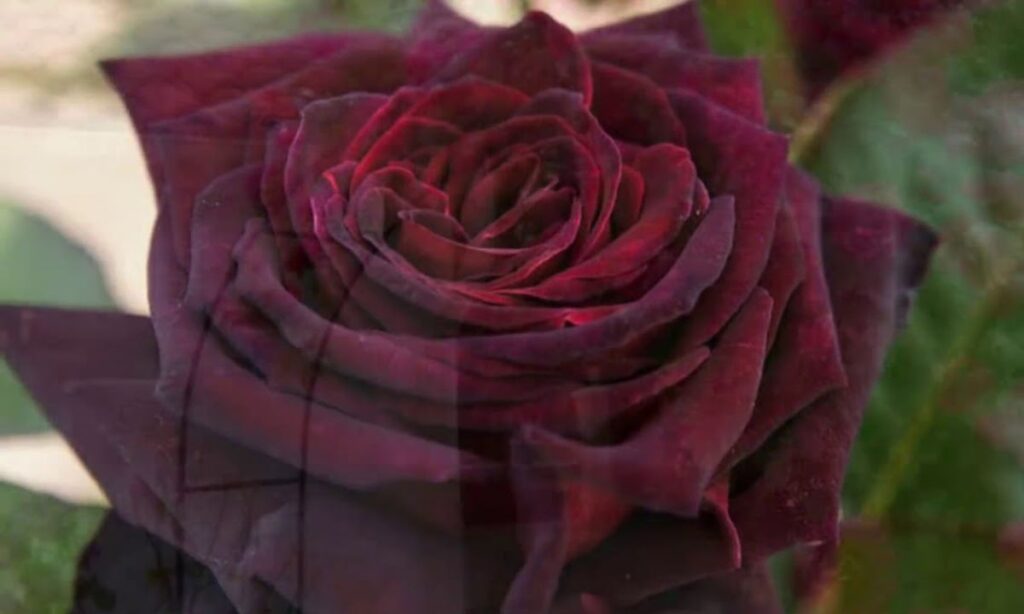
The Black Baccara Rose is a hybrid tea rose with velvety, dark red petals that appear black, especially in cooler temperatures. It symbolizes mystery and elegance.
Zones:
Grows well in USDA zones 5 to 9.
Growing Conditions:
- Requires full sun and well-drained soil.
- Needs regular pruning and fertilization.
- Monitor for diseases like black spot and mildew.
Blooming Period:
Blooms from late spring to fall, offering extended beauty.
Height & Color:
- Grows 3-4 feet tall.
- Flowers are dark red to nearly black with a velvety texture.
8. Night Rider Lily
The Night Rider Lily has star-shaped blooms in deep maroon to black. It’s highly fragrant, adding sensory appeal.
Zones:
Grows in USDA zones 4 to 8, tolerating both cool and warm climates.
Growing Conditions:
- Prefers full sun to partial shade and well-drained soil.
- Avoid overly wet conditions to prevent bulb rot.
Blooming Period:
Blooms in mid-summer, typically July and August.
Height & Color:
- Grows up to 3 feet tall.
- Flowers are deep maroon to black.
9. Black Knight Sweet Peas
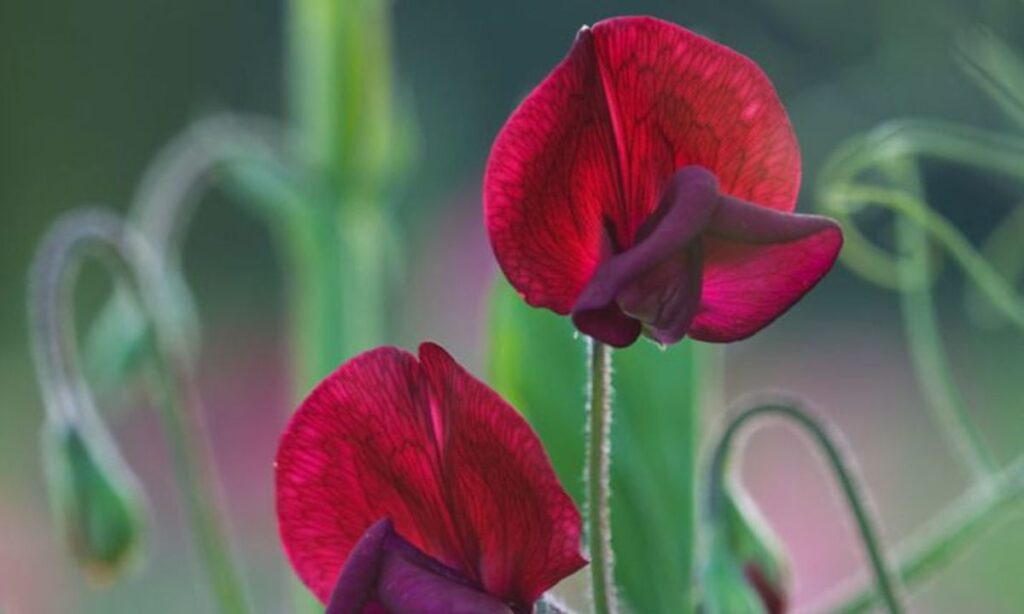
The Black Knight Sweet Peas are climbing plants with velvety dark blooms and a sweet fragrance, perfect for trellises or fences.
Zones:
Ideal for USDA zones 7 to 9, but can be grown in cooler climates with proper timing.
Growing Conditions:
- Prefers full sun and cool temperatures.
- Requires support structures like trellises.
Blooming Period:
Blooms in late spring to early summer, around May and June.
Height & Color:
- Can climb up to 6 feet tall.
- Flowers are dark maroon to nearly black.
10. Onyx Odyssey Double Hellebore
The Onyx Odyssey Double Hellebore features ruffled, double-layered blooms in rich purple-black, adding elegance and drama.
Zones:
Thrives in USDA zones 4 to 9, tolerating cold winters.
Growing Conditions:
- Prefers partial shade and rich, well-drained soil.
- Low-maintenance and deer-resistant.
Blooming Period:
Blooms in early spring, often emerging through the snow.
Height & Color:
- Grows 18-24 inches tall.
- Flowers are rich purple-black.
Frequently Asked Questions
What are black flowers?
Black flowers are blooms that appear black due to deep shades of burgundy, maroon, or purple.
Are black flowers hard to grow?
Not necessarily. With the right conditions and care, many black flowers can thrive in various climates.
Do black flowers attract pollinators?
Yes, many black flowers attract pollinators like bees and butterflies.
Conclusion
Incorporating black flowers into your garden adds drama, contrast, and an air of mystery. Whether it’s the velvety petals of the Black Baccara Rose or the unique shape of the Black Bat Flower, each of these blooms brings something special to your garden.
Pair black flowers with lighter-colored plants for stunning visual balance. With proper care and attention, these flowers can become the showstoppers of your garden, creating a space that’s both elegant and unforgettable.

FAtima is a talented content writer and digital marketer with expertise in SEO, social media management, and online marketing.
